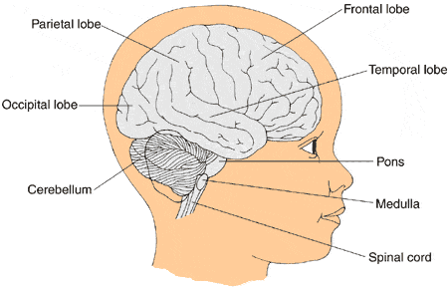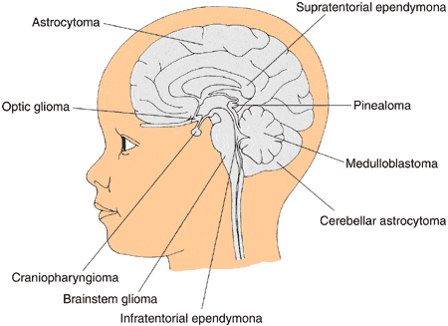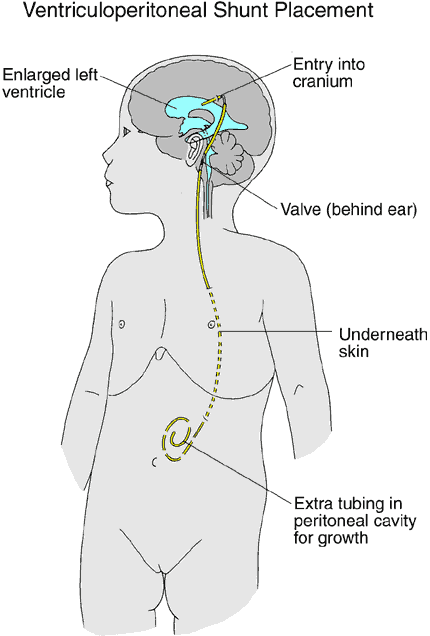Brain tumors are the most common solid tumors in children. Approximately 2,200 children in the United States are diagnosed with a brain tumor each year. Brain tumors, either malignant or benign, are tumors that originate in the cells of the brain. A tumor is an abnormal growth of tissue.
A benign tumor does not contain cancer cells and usually, once removed, does not recur. Most benign brain tumors have clear borders, meaning they do not invade surrounding tissue. These tumors can, however, cause symptoms similar to cancerous tumors because of their size and location in the brain.
Malignant brain tumors contain cancer cells. Malignant brain tumors are usually fast growing and invade surrounding tissue. Malignant brain tumors very rarely spread to other areas of the body, but may recur after treatment. Sometimes, brain tumors that are not cancer are called malignant because of their size and location and the damage they can do to vital functions of the brain.
Brain tumors can occur at any age. Brain tumors that occur in infants and children are very different from adult brain tumors, both in terms of the type of cells and the responsiveness to treatment.
Anatomy of the brain
The central nervous system (CNS) consists of the brain and spinal cord. The brain is an important organ that controls thought, memory, emotion, touch, motor skills, vision, respirations, temperature, hunger and every process that regulates our body.

The brain can be divided into the cerebrum, the brainstem, and the cerebellum:
- Cerebrum (supratentorial, or front of brain) - composed of the right and left hemispheres. Functions of the cerebrum include: initiation of movement, coordination of movement, temperature, touch, vision, hearing, judgment, reasoning, problem solving, emotions and learning.
- Brainstem (midline, or middle of brain) - includes the midbrain, the pons, and the medulla. Functions of this area include: movement of the eyes and mouth, relaying sensory messages (i.e., hot, pain, loud), hunger, respirations, consciousness, cardiac function, body temperature, involuntary muscle movements, sneezing, coughing, vomiting and swallowing.
- Cerebellum (infratentorial, or back of brain) - located at the back of the head, its function is to coordinate voluntary muscle movements and to maintain posture, balance and equilibrium.





